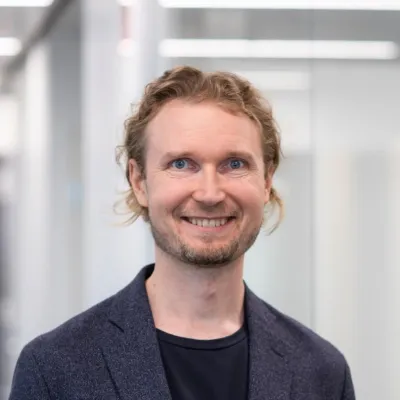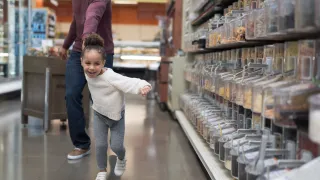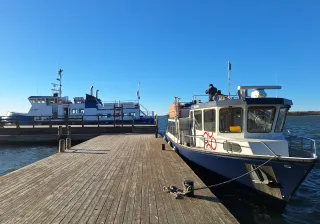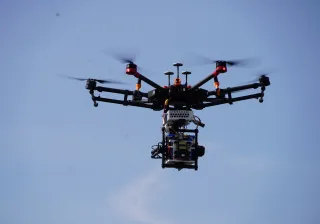E-commerce growth, digitalisation, new logistics solutions, peer-to-peer and platform economics and consumer behavior trends are shaping the delivery system in the 2020s. In November 2019, we organized a workshop for the Open Mode project, where VTT researchers and professionals from the goods distribution sector envisioned what a consumer distribution system could look like in 2030. As a result, we present four stories of future consumers.
Janna - Lifestyle Optimiser
Janna is a 39-year-old mother of two who works as an international expert. She lives in the Flexibly from anywhere scenario according to which goods are delivered dynamically and flexibly according to the consumer's location. Janna does not want to spend any extra time shopping, picking up or transporting them from one place to another.
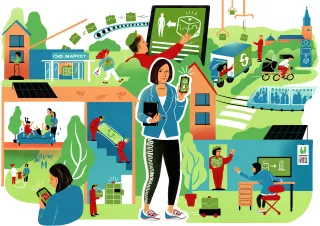
Markku - A heavy user of home services
Markku is a 76-year-old pensioner living in a block of flats. He lives in the All the goods at the home scenario, according to which most of the services for the elderly are brought directly home due to budgetary savings, an ageing population and technological advances. For Markku, this means, for example, delivery of groceries, health care services and various home maintenance activities.
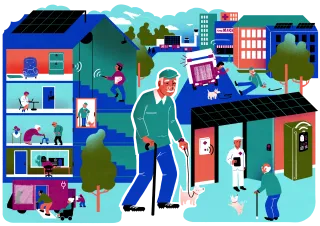
Sofia - An adventurous digital fastener
Sofia is a highly educated 28-year-old living in the Renaissance scenario of Brick, Mortar and Local Production. Sofia is accustomed to ordering goods and services from online stores, but she is tired of the challenges of delivery and dealing with the digital environment. Online shopping has also directed Sofia to make purchases that are inexpensive but, too often, of poor quality.
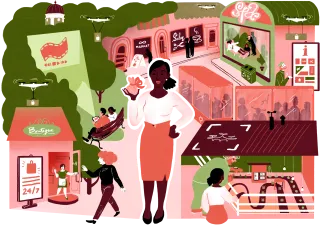
Karo: Community activist in the countryside
Karo, 47, lives in the countryside with her family, but she is reasonably close to the city. Karo lives in a scenario where one big player dominates the market. The village of Karo has joined the market leader "Aladdin" network. The inhabitants of the village place joint orders for groceries and other consumer goods, which are delivered centrally to the village pick-up point and are ready to picked up by the people.
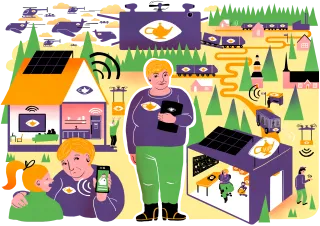
What’s more?
More detailed scenario descriptions of future consumers can be found in the report Towards a consumer-centric last-mile ecosystem: Roadmap 2020-2035.
Future descriptions are intended to stimulate discussion about the future of consumer distribution and to provide flexibility for companies to make strategic choices.
In the Open Mode project, we will continue to explore the future of consumer distribution by developing a roadmap for a national consumer distribution ecosystem during 2020.
More information
The Open Mode project paves the way towards the creation of a cross-industry ecosystem in Finland, in which the co-creation of technologies and business models are promoted as well as a strong basis for export and internationalisation. The vision is to see Finland as forerunner a successful export country of customer-centric products and services in 2025.
ENexus, Hakonen and OGOship are involved in the Open Mode project coordinated by VTT and the University of Helsinki as a research partner. The project is funded by Business Finland.
Illustration made by Ilona Partanen.
